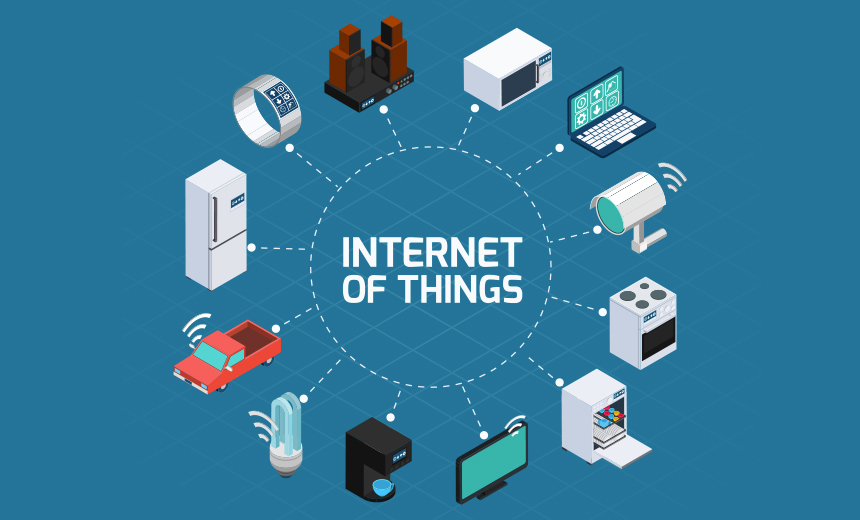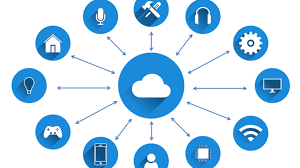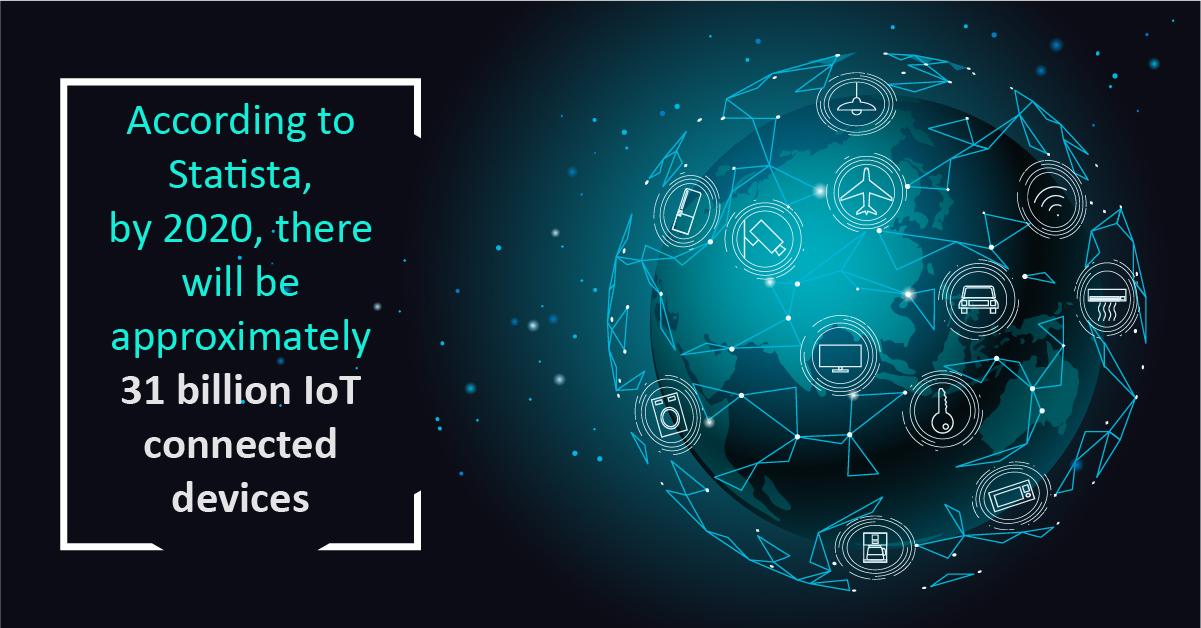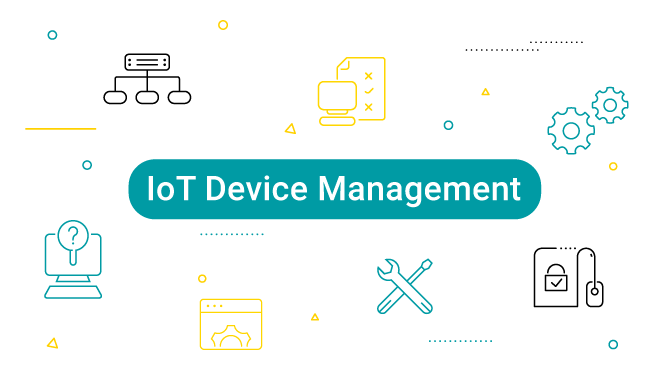What is the Internet of Things?
The Internet of Things, or IoT, refers to the billions of physical devices around the world that are now connected to the internet, all collecting and sharing data. The Internet of Things is making the fabric of the world around us more smarter and more responsive, merging the digital and physical universes.
What Are IoT Devices?
IoT devices are pieces of hardware, such as sensors, actuators, gadgets, appliances, or machines, that are programmed for certain applications and can transmit data over the internet or other networks. They can be embedded into other mobile devices, industrial equipment, environmental sensors, medical devices, and more.
Why IoT Devices?
Increasingly, IoT devices are using AI and machine learning to bring intelligence and autonomy to systems and processes, such as autonomous driving, industrial smart manufacturing, medical equipment, and home automation.
Many of these devices are small, power- and cost-constrained microcontroller-based systems. Network bandwidth and consumer expectations around data privacy and user experience continue to demand more on-device processing, where data is processed on the IoT endpoint, rather than using cloud-based approaches.
Example of an IoT device:
The devices can be categorized into three main groups: consumer, enterprise and industrial.
- Consumer connected devices include smart TVs, smart speakers, toys, wearables and smart appliances.
- Enterprise connected devices include smart locks, smart thermostats, smart lighting and smart security.
- Industrial connected devices include sensors used to monitor an assembly line or other manufacturing process.
How do IoT devices work?
The device itself includes an integrated CPU, network adapter and firmware, which is usually built on an open source platform. In most cases, IoT devices connect to a Dynamic Host Configuration Protocol server and acquire an IP address that the device can use to function on the network. Some IoT devices are directly accessible over the public internet, but most are designed to operate exclusively on private networks.
Many IoT devices are configured and managed through a software application. Once it has been configured and begins to operate, most of its traffic is outbound. A security camera, for example, streams video data. Likewise, an industrial sensor streams sensor data. Some IoT devices such as smart lights, however, do accept inputs.
IoT device management
Device management helps companies integrate, organize, monitor and remotely manage internet-enabled devices at scale, offering features critical to maintaining the health, connectivity and security of the IoT devices along their entire lifecycles. Such features include:
- Device registration and activation
- Device authentication/authorization
- Device configuration
- Device provisioning
- Device monitoring and diagnostics
IoT device connectivity and networking
The networking, communication and connectivity protocols used with internet-enabled devices largely depend on the specific IoT application deployed. Just as there are many different IoT applications, there are many different connectivity and communication options.
IoT device trends and scope
The estimations for future growth of IoT devices have been fast and furious. At the high end of the scale, Intel projected that internet-enabled device penetration would grow from 2 billion in 2006 to 200 billion by 2020, which equates to nearly 26 smart devices for each human on Earth. A little more conservative, IHS Markit said the number of connected devices will be 75.4 billion in 2025 and 125 billion by 2030.
CONCLUSION
As the number of connected devices continues to rise, our living and working environments will become filled with smart products – assuming we are willing to accept the security and privacy trade-offs. Regardless of whether you have IoT devices already in use or are considering adopting IoT devices in your organization, make sure you’re prepared to handle the unique security challenges presented by IoT devices.










[…] marketing encompasses all marketing efforts that use an electronic device or the internet. Businesses leverage digital channels such as search engines, social media, email, and other […]
[…] goal of fog computing is to bring the cloud closer to IoT devices. The major goal is to tackle the issues that cloud computing encounters while processing […]